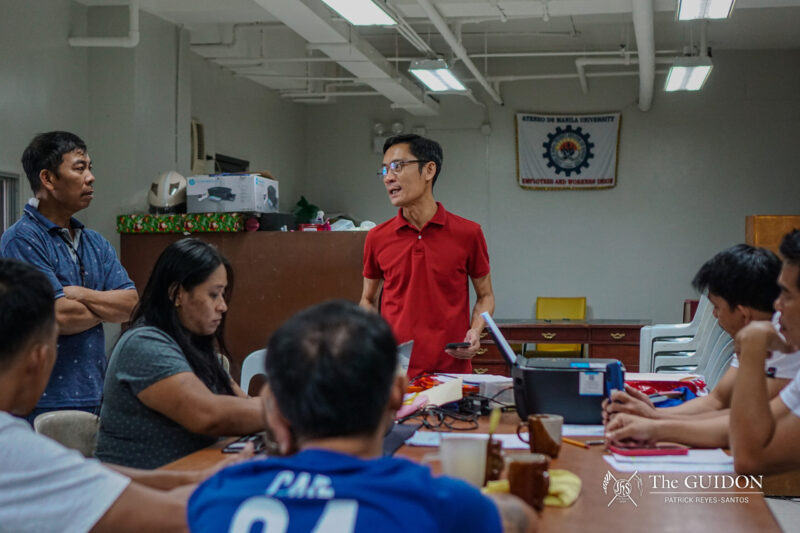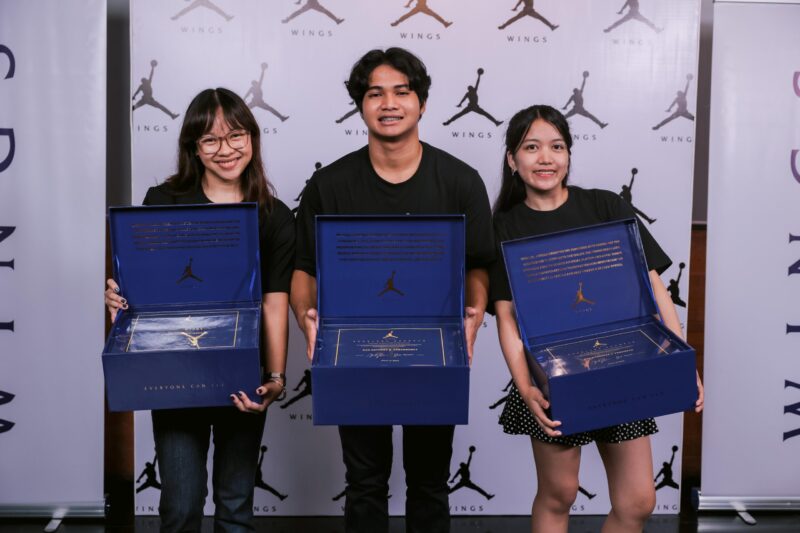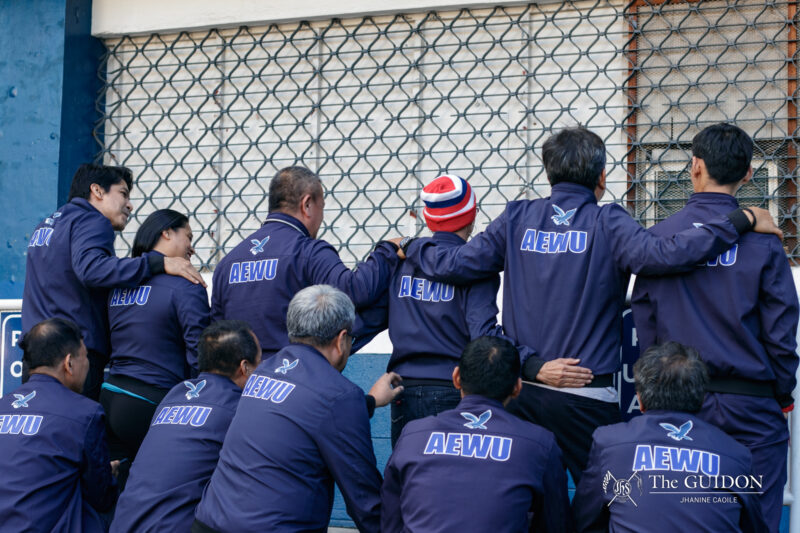THE LOYOLA Schools (LS) has initiated a conference series titled “Interdepartmental Conversations” to further address its thrust for interdisciplinarity and comply with the Commission on Higher Education (CHED) Memorandum Order (CMO) No. 20, series of 2013.
The said CMO requires higher education institutions to implement a new General Education Curriculum (GEC), which includes subjects that “apply an inter- or cross-disciplinary objective” and “draw material, cases or examples from Philippine realities or experiences.”
According to Vice President for the LS John Paul Vergara, PhD, the conference series will serve as an avenue for LS departments to discuss possible academic collaborations, such as interdisciplinary courses.
He noted that while there had been previous efforts to strengthen academic ties among departments, the efforts were mostly informal.
According to Vergara, Interdepartmental Conversations is an avenue to “catalyze interaction” between departments and discipline. The output of the conference series will be incorporated into the new curriculum of the Ateneo.
The conference series will be held regularly throughout the school year, with each meeting assembling faculty members from selected LS departments. Two sessions have already been held in March and in May.
The conference series is headed by Vergara, LS Coordinator for Faculty Development Karina Fernandez, PhD, LS Coordinator for the Teacher Formation Institute and Faculty Spiritual Formation Olivia Habana, PhD and Associate Dean for Academic Affairs Josefina Hofileña, PhD.
Discussions
Habana said that the meetings have not yet yielded concrete output but have sparked ideas about interdisciplinary collaborations.
She explained that, during the meetings, professors are separated into groups with professors from other departments to “essentially come up with ideas—just ideas—for interdepartmental cooperation, for courses, for service learning [and the like].”
“The important thing is that the ice has been broken and people are more open to not just the [prospect of interdisciplinary] classes… but the administrative aspect,” she said.
According to Habana, the sessions are intended to be “free-flowing” to facilitate discussion.
Before each session, the organizing committee chooses the departments that will convene during that particular meeting. Habana said that they had grouped together up to three departments in previous sessions.
For the first meeting, Habana said the committee gathered faculty members from the Psychology, Fine Arts, and Information Systems and Computer Science Departments.
Information Systems and Computer Science Department Associate Chairperson Guillermo Paolo Agloro Jr., one of the attendees, noted that the sessions were kept light to allow for brainstorming among the faculties.
Agloro shared that one of the ideas that his group came up with was to create a course that would involve designing user-friendly programs.
“[For our courses in Information Technology], we can program, but we don’t know how to design a good user experience, right? And to [create] a good user experience, somehow, there’s also cognitive stuff. So [we conceptualized] a course that can somehow combine the three together,” he said.
In a separate interview, Vergara said that the organizing committee is planning to open each session for other faculty members aside from those who belong to the primarily invited departments.
He added that, by the end of the school year, all departments are guaranteed to have been invited to the conference series.
Outside the box
Vergara noted that an interdisciplinary approach to learning is important.
“When you start being disciplinal, [students] only [focus] on their own schools [of thought], on their own schools’ teaching, their own math and communication—which [does happen]—and when you start doing that, you start becoming a little myopic, too focused on your own,” he said.
Vergara said that there is a higher likelihood for students in the Ateneo to interact with other students in the university because of the core curriculum. This also holds true for the faculties of different departments, he added.
“[As] a college of liberal arts and sciences, we come together, and it’s just natural for us to just come together and talk—[students] have an experience in their education, they talk [about it]—so that’s an example of interdisciplinarity,” he said.
However, Vergara warned that there is a risk of becoming too interdisciplinary, as collaborations among departments might water down the individual disciplines.
He added that one must be mature in his or her respective discipline for collaboration with other disciplines to be effective.
“If you’re very well-rounded in your discipline, you know what would make sense [and] what’s the right mix in between,” Vergara said.






